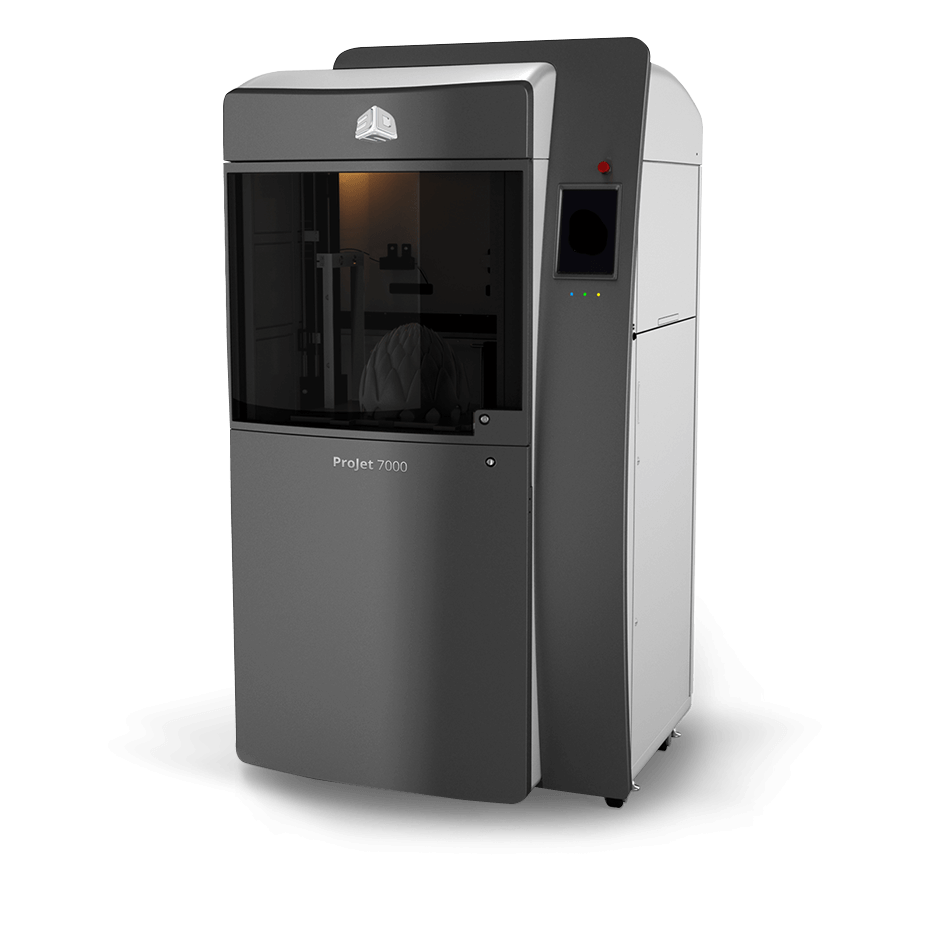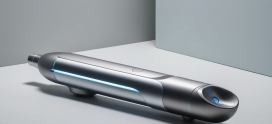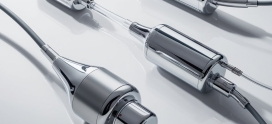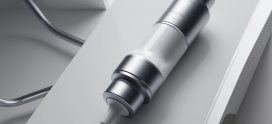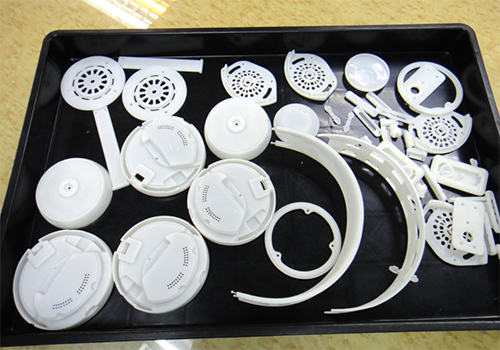
Fujikon Takes Fast-Moving World of Headset Products to New Heights with 3D Systems’ SLA 3D Printing Technology
In 2013 Apple® sold more than 170 million iPads® worldwide. With a reported 500 million iPhones® in use along with millions of Samsung® Galaxy phones and a variety of other mobile devices, it goes without saying this market is hot. Likewise, the ensuing demand for peripheral devices, such as headsets are exploding.
Fujikon, an award-winning headphone manufacturer for over 30 years, is itself on the wild ride of the headset and speaker market for mobile devices. In a market that’s getting more competitive by the day, innovation is a must. The Hong Kong-based Fujikon is no exception, as they are constantly exploring better noise-cancelling functionality, wireless connectivity, and sound quality as well as innovating more attractive products and enabling faster time-to-market. In order to survive, these components are all core demands for any major market player.
In 2011 Fujikon had to take the next step forward; they realized that their 200-strong R&D team needed to adopt new practices and technologies in order to enable faster product development. 3D printing was at the top of the list. So in June of the same year, company executives asked a team to review, test and evaluate all the major 3D printing technologies. Over 18 months, the team benchmarked multiple systems inside and out based on what they required: a sizeable build platform, precision, very smooth surface finish, and material properties (assuring that parts could be assembled, drilled and screwed without breaking).
Only one 3D printer matched all their specifications: the ProJet® 7000. With the help of reseller Shanghai Metang Novatech, Fujikon brought in the ProJet 7000, and as of May 2013 they had fully installed it, trained the staff and were off and running.
The ProJet 7000 is 3D Systems’ workhorse Stereolithography (SLA) 3D printer. It gives users the hallmark precision of SLA with a versatile build size of 380 x 380 x 250 mm. It’s two laser sizes enable users to rapidly create parts while ensuring feature accuracy, smooth surface finish, and a choice of layer thickness. The material Fujikon tested, VisiJet® SL Flex, offered toughness for assembly testing, screwing and fit testing, while still having a perfect surface finish.
“As soon as we started, we could see and experience the stability of the ProJet 7000,” said Mr. Wu Chunxiang, Senior Engineer of R&D, Fujikon. “This was perfect die-less manufacturing: we produced accurate samples with arbitrary and complex geometry that we would not have considered before.”
The R&D teams were delighted with the fact that the ProJet 7000 was fast enough to print overnight, and it enabled them to test the product designs the next day.
“The ProJet 7000 instantly started to help our customers, our engineers,” said Mr. Chunxiang. “We could think up a new idea, and within a day could evaluate the design, perform validation and verification of the parts and assemblies, conduct acoustic testing, review packaging design and reduce the risks associated with producing tooling for the new products. Before, the same process would have taken a longer time.”
With the ProJet 7000 entrenched as part of its everyday operation, Fujikon is seeing benefits across the board. Preliminary estimates indicate a first-year savings of 5% in total production development time and at least 11% materials savings compared to the team’s old 3D printer. Most notably, 3D parts production is now an amazing 62% faster compared to Fujikon’s older methodologies.
“With the competitive market environment, and increasing manpower costs, we have to find ways to be better at what we do,” said Mr. Chunxiang. “The ProJet 7000 is allowing us to meet demand and compete in the market. We complete product development effectively and efficiently, and we are excited to see how 3D printing from 3D Systems will improve our competitive edge as we go forward.”
By 3D Systems

